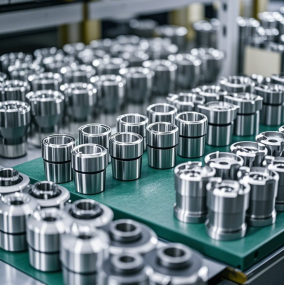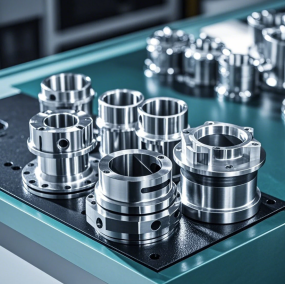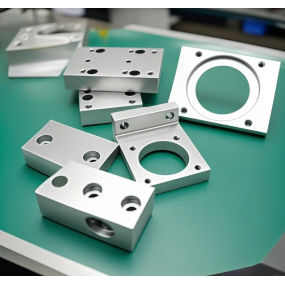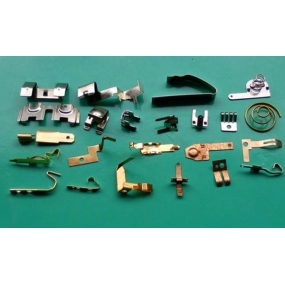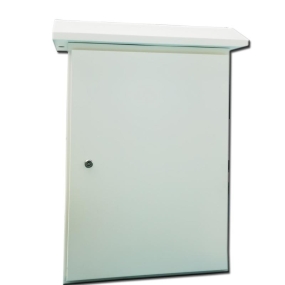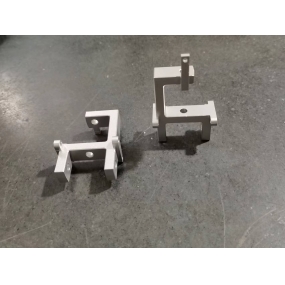A mode of five axis CNC Machining. According to ISO regulations, when describing the motion of five axis CNC machining, a right-handed Cartesian coordinate system is used; The coordinate axis parallel to the main axis is defined as the z-axis, and the rotational coordinates around the x, y, and z-axis are A, B, and C, respectively. The motion of each coordinate axis can be achieved by the worktable or the movement of the tool, but the direction is defined by the direction of the tool's motion relative to the workpiece. Generally, five axis linkage refers to linear interpolation motion of any five coordinates in x, y, z, A, B, and C. In other words, the five axes refer to the three moving axes of x, y, and z plus any two rotating axes. Compared to the common three-axis (x, y, z degrees of freedom) machining, five axis machining refers to the process of machining several complex shaped parts, which requires the machining tool to be able to position and connect in the five degrees of freedom.
A five axis CNC machining center is equipped with a three-axis drive system that is orthogonal to X, Y, and Z. In addition, a dual axis rotation system and an f-axis are added. Generally, B and C rotate around the X and Y axes, respectively. The X, Y, and Z coordinates determine the tool orientation, while the B and C axis rotation coordinates determine the tool direction. The wood five axis CNC machining center adopts fully digital control, and the post program is a standardized world code. Software operating systems are generally based on the Windows platform.
As a machine mainly used for five axis CNC machining of solid wood, the solid wood five axis machining center can perform five axis machining on wooden components, including milling, slotting, drilling, tenoning and mortising, surface summarization milling, carving, etc. Compared with conventional machining methods, its main advantages are:
(1) The consistency and quality of processed parts are good, and due to the high positioning accuracy and repeatability accuracy of five axis machining, it is easy to ensure the consistency of part dimensions, greatly reducing human errors.
(2) High degree of automation, one clamping can complete most or all cutting of the workpiece, ensuring the machining accuracy of the workpiece and improving machining efficiency.
(3) Strong adaptability to five axis machining parts, high flexibility, and good flexibility. Five axis machining can shorten the development cycle of products, providing convenient conditions for new product development and rapid adaptation to market demand changes.


 Spanish
Spanish Arabic
Arabic French
French Portuguese
Portuguese Belarusian
Belarusian Japanese
Japanese Russian
Russian Malay
Malay Icelandic
Icelandic Bulgarian
Bulgarian Azerbaijani
Azerbaijani Estonian
Estonian Irish
Irish Polish
Polish Persian
Persian Boolean
Boolean Danish
Danish German
German Filipino
Filipino Finnish
Finnish Korean
Korean Dutch
Dutch Galician
Galician Catalan
Catalan Czech
Czech Croatian
Croatian Latin
Latin Latvian
Latvian Romanian
Romanian Maltese
Maltese Macedonian
Macedonian Norwegian
Norwegian Swedish
Swedish Serbian
Serbian Slovak
Slovak Slovenian
Slovenian Swahili
Swahili Thai
Thai Turkish
Turkish Welsh
Welsh Urdu
Urdu Ukrainian
Ukrainian Greek
Greek Hungarian
Hungarian Italian
Italian Yiddish
Yiddish Indonesian
Indonesian Vietnamese
Vietnamese Haitian Creole
Haitian Creole Spanish Basque
Spanish Basque

